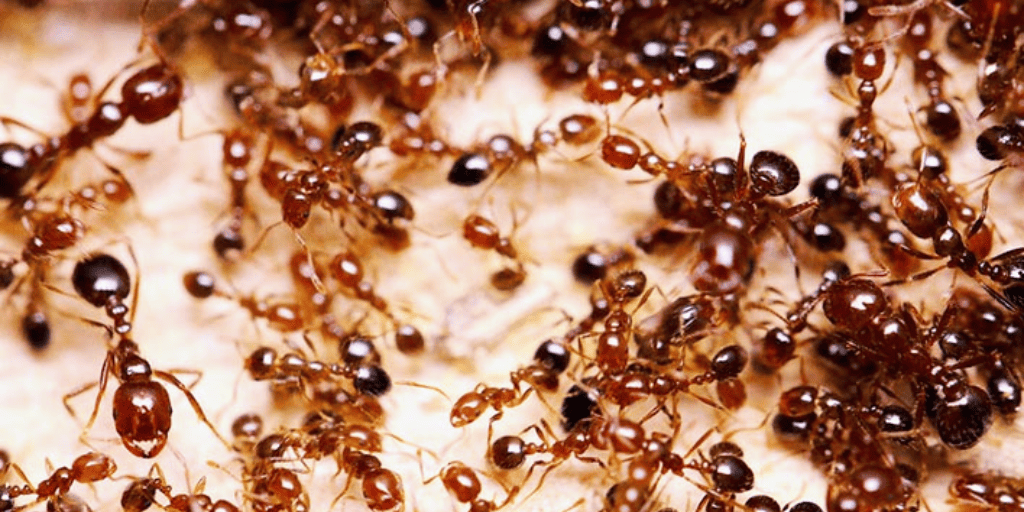
BHP bombshell – Fire ants hit central Queensland for first time in coal mine outbreak
A major fire ant outbreak has been confirmed at BHP’s Broadmeadow coal mine, the first time this invasive super pest has been found in central Queensland.
Our latest news and updates.

A major fire ant outbreak has been confirmed at BHP’s Broadmeadow coal mine, the first time this invasive super pest has been found in central Queensland.
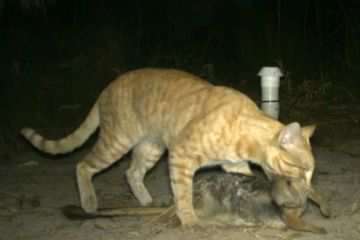
A landmark study by UNSW released today has revealed the extraordinary impact of removing feral cats and foxes from a South Australian desert reserve – with small mammal populations inside the predator-free area up to 30 times higher than outside.

The Victorian National Parks Association, Invasive Species Council and Environment East Gippsland have slammed the Allan Government’s decision to open 130,000 hectares of Victoria’s Errinundra and Snowy River National Parks to seasonal deer hunting.
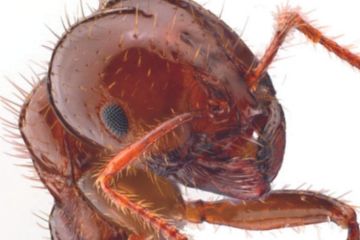
The Invasive Species Council has welcomed the Queensland Government’s announcement that fire ant treatment will now occur year-round, describing it as a smart, science-backed move that could significantly boost the effectiveness of the national eradication effort.
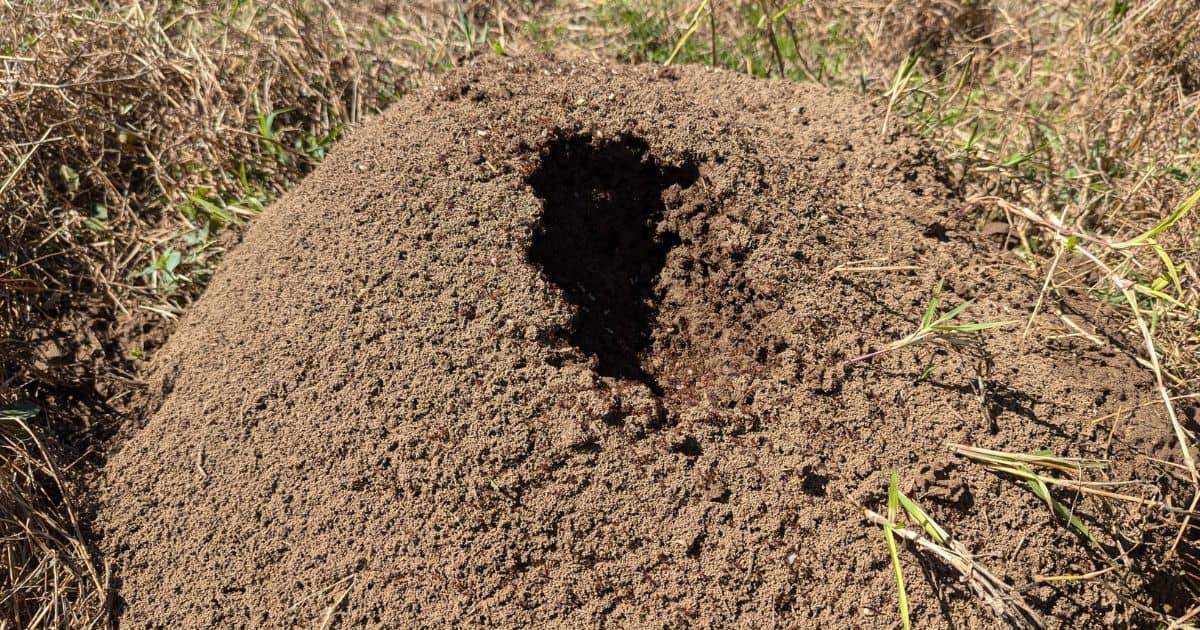
The discovery of an immature fire ants nest in Tweed Heads is not surprising and should be a wake up call for governments about the ongoing gaps in the national eradication program.
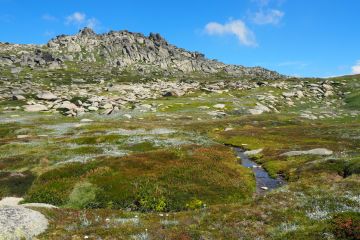
Independent MP Dr Joe McGirr will today introduce a Bill to repeal the controversial Wild Horse Heritage Act in NSW Parliament.
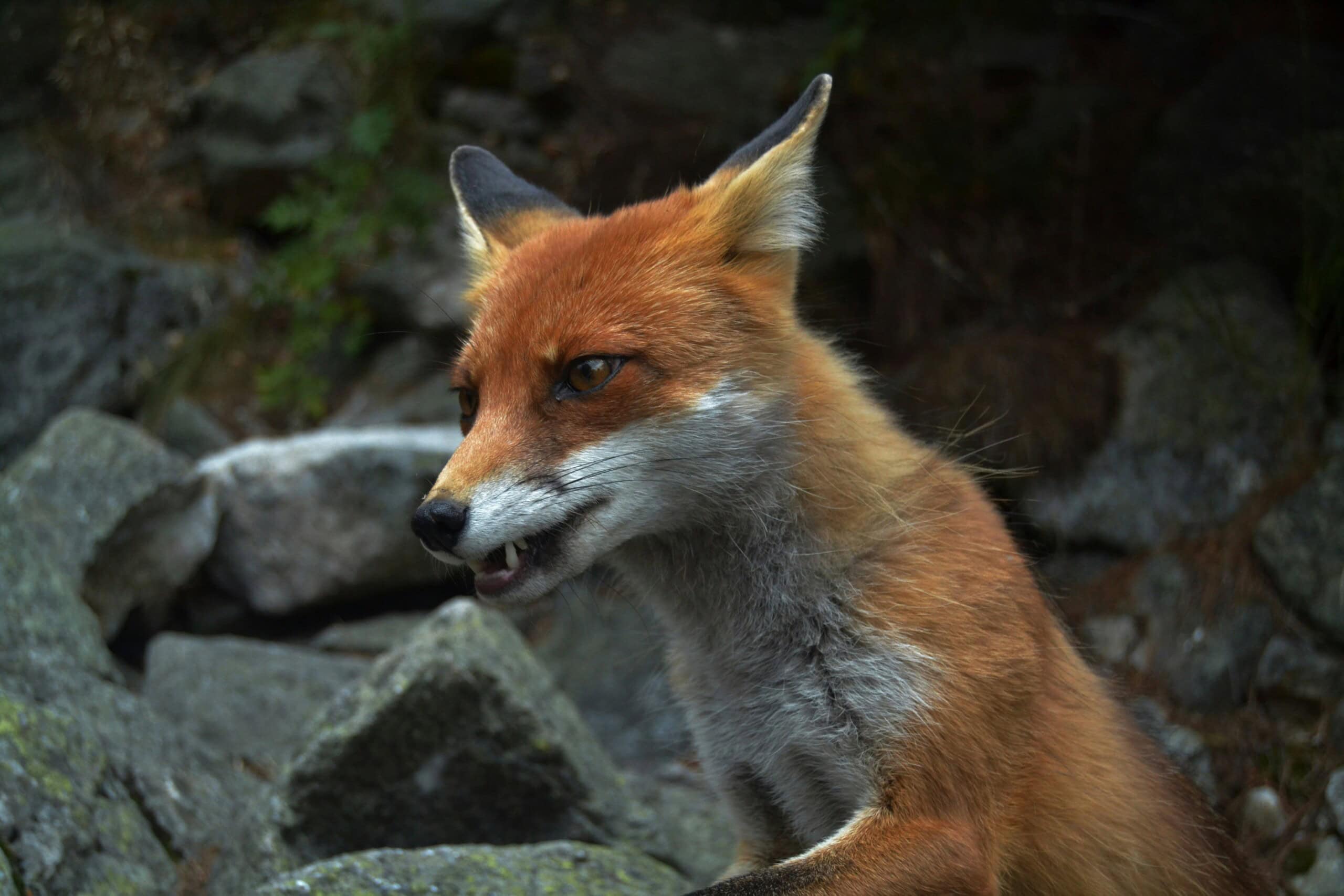
A narrow late-night vote in the NSW Upper House (20-19) has ensured the Minns Government’s controversial deal with the Shooters Party will now be scrutinised through a parliamentary inquiry.

The Invasive Species Council has welcomed significant new investment in Queensland’s biosecurity system in today’s state budget.
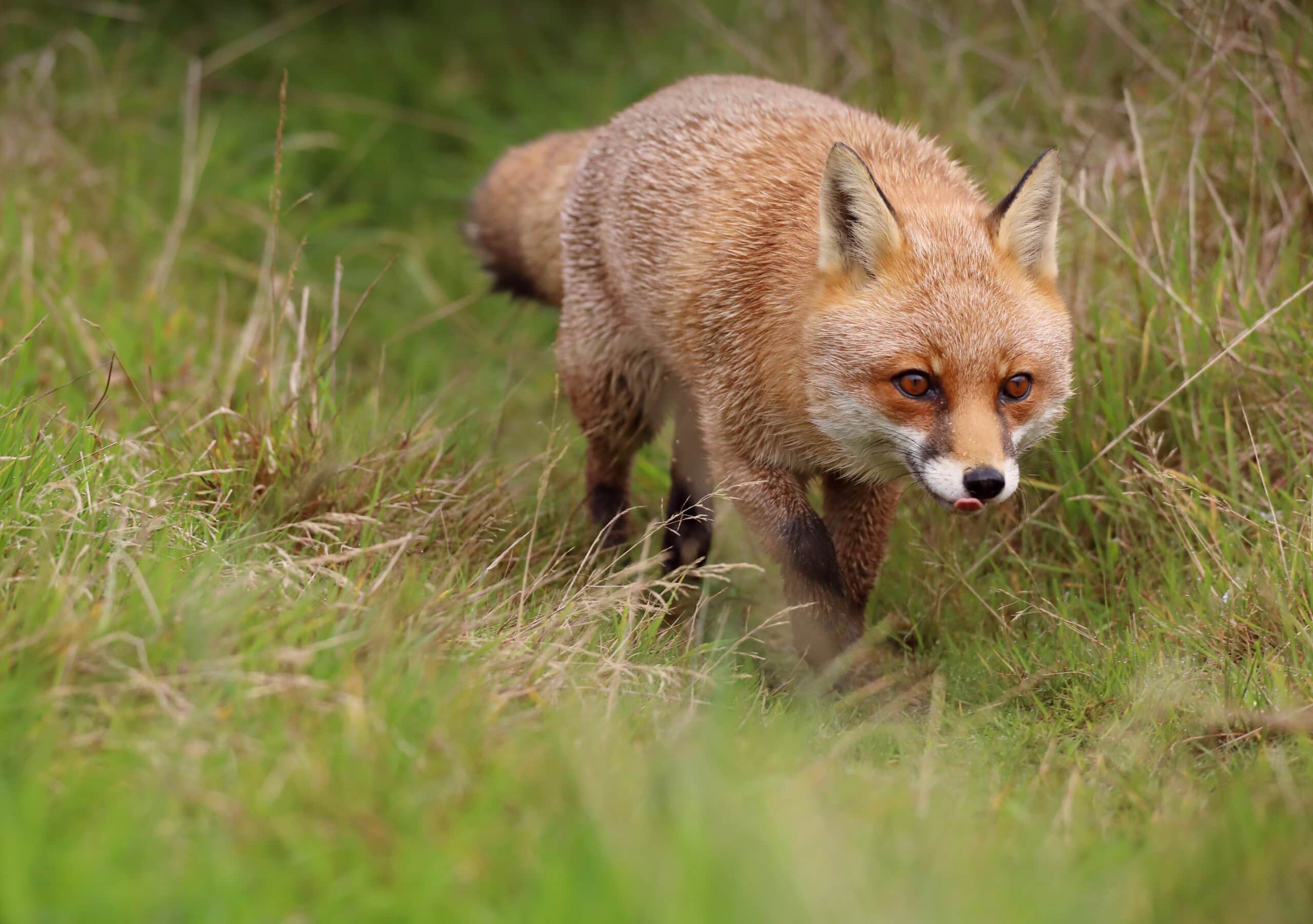
The Invasive Species Council says they are concerned the NSW Budget has taken funding out of feral animal control and funnelled into the scientifically discredited bounty scheme and a new hunter propaganda unit, done as part of a political deal with the Shooters Party.
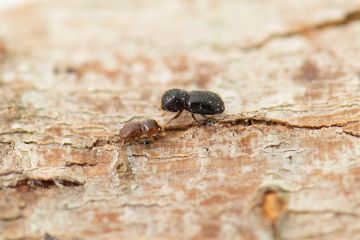
The Invasive Species Council is warning the decision to end efforts to eradicate the polyphagous shot-hole borer in Western Australia could put the rest of the country at risk.
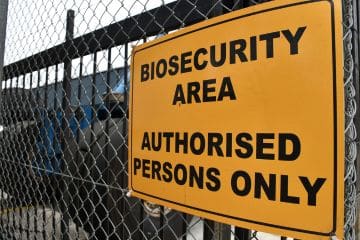
The Invasive Species Council has welcomed the announcement of $100 million in new biosecurity funding in the NSW Budget – calling it a vital investment in the state’s ability to respond to rising invasive species threats.
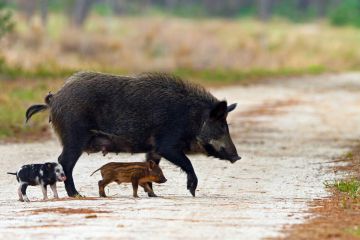
The Invasive Species Council has slammed the NSW government’s support for the Shooters Party’s so-called Conservation Hunting Bill, warning that MPs are promoting a ‘biological delusion’.
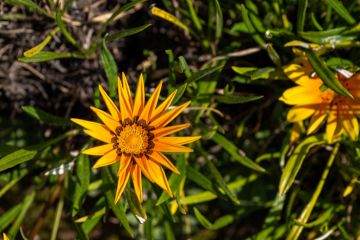
The Invasive Species Council is warning that a popular ornamental plant still sold in Australian nurseries poses a far greater threat to native landscapes and farm productivity than previously understood – with new research showing it has the potential to spread much further and more destructively than expected.

The Invasive Species Council is urging the Minns Government to reject a dangerous and misleading Bill that would hand the hunting lobby a government-funded propaganda platform under the guise of ‘conservation’ and undermine effective feral animal management on state forests and crown land.
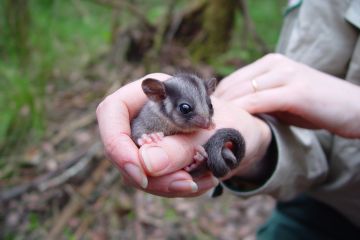
A Leadbeater’s Possum – a species long presumed extinct in New South Wales – has been discovered alive in Kosciuszko National Park by government threatened species officers, in a dramatic and hopeful turn for one of Australia’s most iconic mammals.

A major fire ant outbreak has been confirmed at BHP’s Broadmeadow coal mine, the first time this invasive super pest has been found in central Queensland.

A landmark study by UNSW released today has revealed the extraordinary impact of removing feral cats and foxes from a South Australian desert reserve – with small mammal populations inside the predator-free area up to 30 times higher than outside.

The Victorian National Parks Association, Invasive Species Council and Environment East Gippsland have slammed the Allan Government’s decision to open 130,000 hectares of Victoria’s Errinundra and Snowy River National Parks to seasonal deer hunting.

The Invasive Species Council has welcomed the Queensland Government’s announcement that fire ant treatment will now occur year-round, describing it as a smart, science-backed move that could significantly boost the effectiveness of the national eradication effort.

The discovery of an immature fire ants nest in Tweed Heads is not surprising and should be a wake up call for governments about the ongoing gaps in the national eradication program.

Independent MP Dr Joe McGirr will today introduce a Bill to repeal the controversial Wild Horse Heritage Act in NSW Parliament.

A narrow late-night vote in the NSW Upper House (20-19) has ensured the Minns Government’s controversial deal with the Shooters Party will now be scrutinised through a parliamentary inquiry.

The Invasive Species Council has welcomed significant new investment in Queensland’s biosecurity system in today’s state budget.

The Invasive Species Council says they are concerned the NSW Budget has taken funding out of feral animal control and funnelled into the scientifically discredited bounty scheme and a new hunter propaganda unit, done as part of a political deal with the Shooters Party.

The Invasive Species Council is warning the decision to end efforts to eradicate the polyphagous shot-hole borer in Western Australia could put the rest of the country at risk.

The Invasive Species Council has welcomed the announcement of $100 million in new biosecurity funding in the NSW Budget – calling it a vital investment in the state’s ability to respond to rising invasive species threats.

The Invasive Species Council has slammed the NSW government’s support for the Shooters Party’s so-called Conservation Hunting Bill, warning that MPs are promoting a ‘biological delusion’.

The Invasive Species Council is warning that a popular ornamental plant still sold in Australian nurseries poses a far greater threat to native landscapes and farm productivity than previously understood – with new research showing it has the potential to spread much further and more destructively than expected.

The Invasive Species Council is urging the Minns Government to reject a dangerous and misleading Bill that would hand the hunting lobby a government-funded propaganda platform under the guise of ‘conservation’ and undermine effective feral animal management on state forests and crown land.

A Leadbeater’s Possum – a species long presumed extinct in New South Wales – has been discovered alive in Kosciuszko National Park by government threatened species officers, in a dramatic and hopeful turn for one of Australia’s most iconic mammals.

A major fire ant outbreak has been confirmed at BHP’s Broadmeadow coal mine, the first time this invasive super pest has been found in central Queensland.

A landmark study by UNSW released today has revealed the extraordinary impact of removing feral cats and foxes from a South Australian desert reserve – with small mammal populations inside the predator-free area up to 30 times higher than outside.

The Victorian National Parks Association, Invasive Species Council and Environment East Gippsland have slammed the Allan Government’s decision to open 130,000 hectares of Victoria’s Errinundra and Snowy River National Parks to seasonal deer hunting.

The Invasive Species Council has welcomed the Queensland Government’s announcement that fire ant treatment will now occur year-round, describing it as a smart, science-backed move that could significantly boost the effectiveness of the national eradication effort.

The discovery of an immature fire ants nest in Tweed Heads is not surprising and should be a wake up call for governments about the ongoing gaps in the national eradication program.

Independent MP Dr Joe McGirr will today introduce a Bill to repeal the controversial Wild Horse Heritage Act in NSW Parliament.

A narrow late-night vote in the NSW Upper House (20-19) has ensured the Minns Government’s controversial deal with the Shooters Party will now be scrutinised through a parliamentary inquiry.

The Invasive Species Council has welcomed significant new investment in Queensland’s biosecurity system in today’s state budget.

The Invasive Species Council says they are concerned the NSW Budget has taken funding out of feral animal control and funnelled into the scientifically discredited bounty scheme and a new hunter propaganda unit, done as part of a political deal with the Shooters Party.

The Invasive Species Council was formed in 2002 to seek stronger laws, policies and programs to protect nature from harmful pests, weeds and diseases.
The Invasive Species Council acknowledges the Traditional Custodians throughout Australia and their connections to land and sea. We pay our respect to their Elders past and present and extend that respect to all Aboriginal and Torres Strait Islander peoples today.
Our protected areas are being trashed, trampled, choked and polluted by an onslaught of invaders. Invasive species are already the overwhelming driver of our animal extinction rate, and are expected to cause 75 of the next 100 extinctions.
But you can help to turn this around and create a wildlife revival in Australia.
From numbats to night parrots, a tax-deductible donation today can help defend our wildlife against the threat of invasive weeds, predators, and diseases.
As the only national advocacy environment group dedicated to stopping this mega threat, your gift will make a big difference.
A silent crisis is unfolding across Australia. Every year, billions of native animals are hunted and killed by cats and foxes. Fire ants continue to spread and threaten human health. And the deadly strain of bird flu looms on the horizon. Your donation today will be used to put the invasive species threat in the media, make invasive species a government priority, ensure governments take rapid action to protect nature and our remarkable native wildlife from invasives-led extinction, death and destruction.
If you are having trouble submitting a form, please read this guide.
Please fill out the following form and one of our team will be in contact to assist as soon as possible. Please make sure to include any helpful information, such as the device you were using (computer, tablet or mobile phone) and if known, your browser (Mozilla Firefox, Chrome, Safari etc)
"*" indicates required fields
Dear Project Team,
[YOUR PERSONALISED MESSAGE WILL APPEAR HERE.]
I support the amendment to the Kosciuszko National Park Wild Horse Heritage Management Plan to allow our incredible National Parks staff to use aerial shooting as one method to rapidly reduce feral horse numbers. I want to see feral horse numbers urgently reduced in order to save the national park and our native wildlife that live there.
The current approach is not solving the problem. Feral horse numbers have rapidly increased in Kosciuszko National Park to around 18,000, a 30% jump in just the past 2 years. With the population so high, thousands of feral horses need to be removed annually to reduce numbers and stop our National Park becoming a horse paddock. Aerial shooting, undertaken humanely and safely by professionals using standard protocols, is the only way this can happen.
The government’s own management plan for feral horses states that ‘if undertaken in accordance with best practice, aerial shooting can have the lowest negative animal welfare impacts of all lethal control methods’.
This humane and effective practice is already used across Australia to manage hundreds of thousands of feral animals like horses, deer, pigs, and goats.
Trapping and rehoming of feral horses has been used in Kosciuszko National Park for well over a decade but has consistently failed to reduce the population, has delayed meaningful action and is expensive. There are too many feral horses in the Alps and not enough demand for rehoming for it to be relied upon for the reduction of the population.
Fertility control as a management tool is only effective for a small, geographically isolated, and accessible population of feral horses where the management outcome sought is to maintain the population at its current size. It is not a viable option to reduce the large and growing feral horse population in the vast and rugged terrain of Kosciuszko National Park.
Feral horses are trashing and trampling our sensitive alpine ecosystems and streams, causing the decline and extinction of native animals. The federal government’s Threatened Species Scientific Committee has stated that feral horses ‘may be the crucial factor that causes final extinction’ for 12 alpine species.
I recognise the sad reality that urgent and humane measures are necessary to urgently remove the horses or they will destroy the Snowies and the native wildlife that call the mountains home. I support a healthy national park where native species like the Corroboree Frog and Mountain Pygmy Possum can thrive.
Dear Project Team,
[YOUR PERSONALISED MESSAGE WILL APPEAR HERE.]
I support the amendment to the Kosciuszko National Park Wild Horse Heritage Management Plan to allow our incredible National Parks staff to use aerial shooting as one method to rapidly reduce feral horse numbers. I want to see feral horse numbers urgently reduced in order to save the national park and our native wildlife that live there.
The current approach is not solving the problem. Feral horse numbers have rapidly increased in Kosciuszko National Park to around 18,000, a 30% jump in just the past 2 years. With the population so high, thousands of feral horses need to be removed annually to reduce numbers and stop our National Park becoming a horse paddock. Aerial shooting, undertaken humanely and safely by professionals using standard protocols, is the only way this can happen.
The government’s own management plan for feral horses states that ‘if undertaken in accordance with best practice, aerial shooting can have the lowest negative animal welfare impacts of all lethal control methods’.
This humane and effective practice is already used across Australia to manage hundreds of thousands of feral animals like horses, deer, pigs, and goats.
Trapping and rehoming of feral horses has been used in Kosciuszko National Park for well over a decade but has consistently failed to reduce the population, has delayed meaningful action and is expensive. There are too many feral horses in the Alps and not enough demand for rehoming for it to be relied upon for the reduction of the population.
Fertility control as a management tool is only effective for a small, geographically isolated, and accessible population of feral horses where the management outcome sought is to maintain the population at its current size. It is not a viable option to reduce the large and growing feral horse population in the vast and rugged terrain of Kosciuszko National Park.
Feral horses are trashing and trampling our sensitive alpine ecosystems and streams, causing the decline and extinction of native animals. The federal government’s Threatened Species Scientific Committee has stated that feral horses ‘may be the crucial factor that causes final extinction’ for 12 alpine species.
I recognise the sad reality that urgent and humane measures are necessary to urgently remove the horses or they will destroy the Snowies and the native wildlife that call the mountains home. I support a healthy national park where native species like the Corroboree Frog and Mountain Pygmy Possum can thrive.